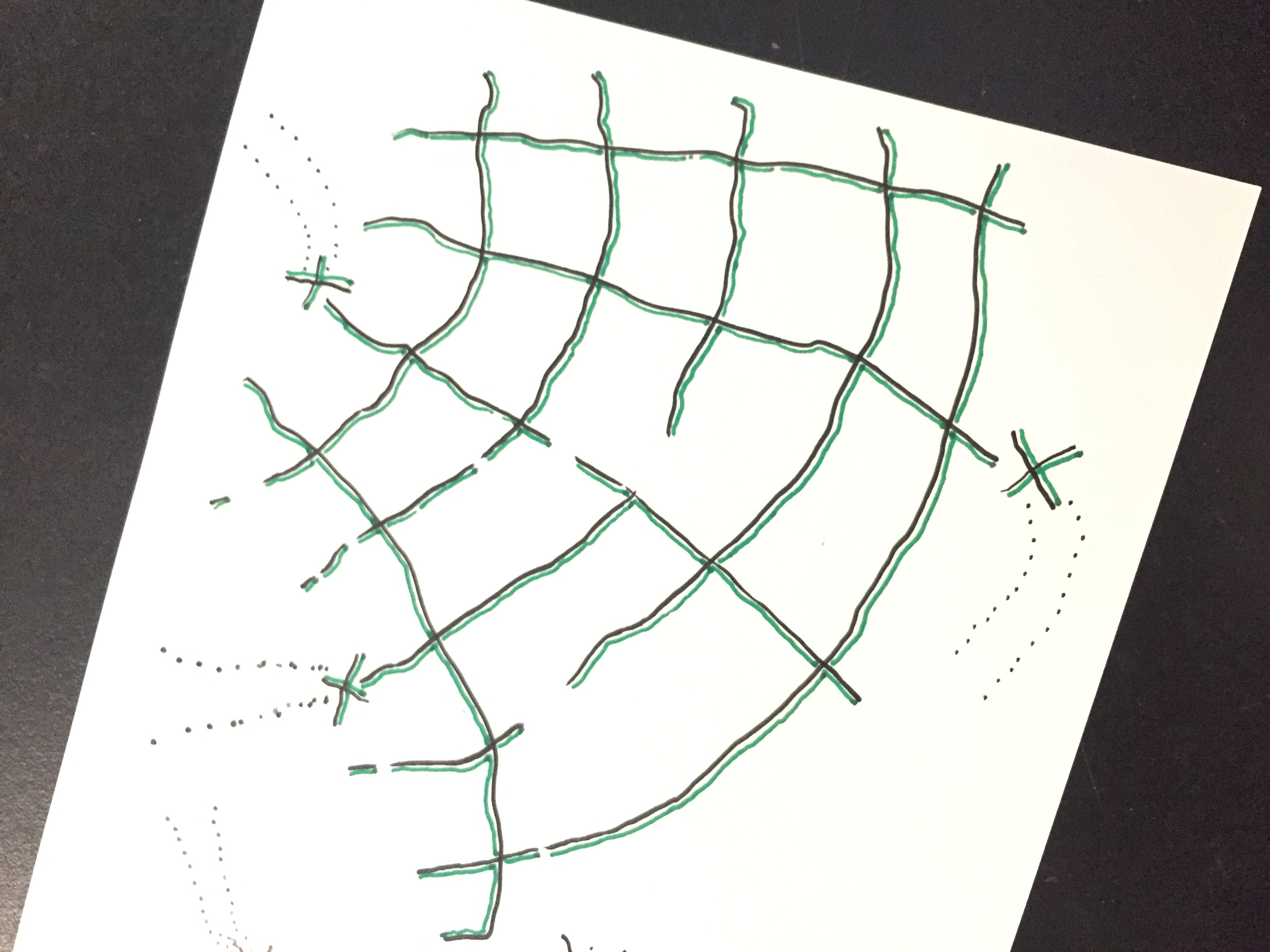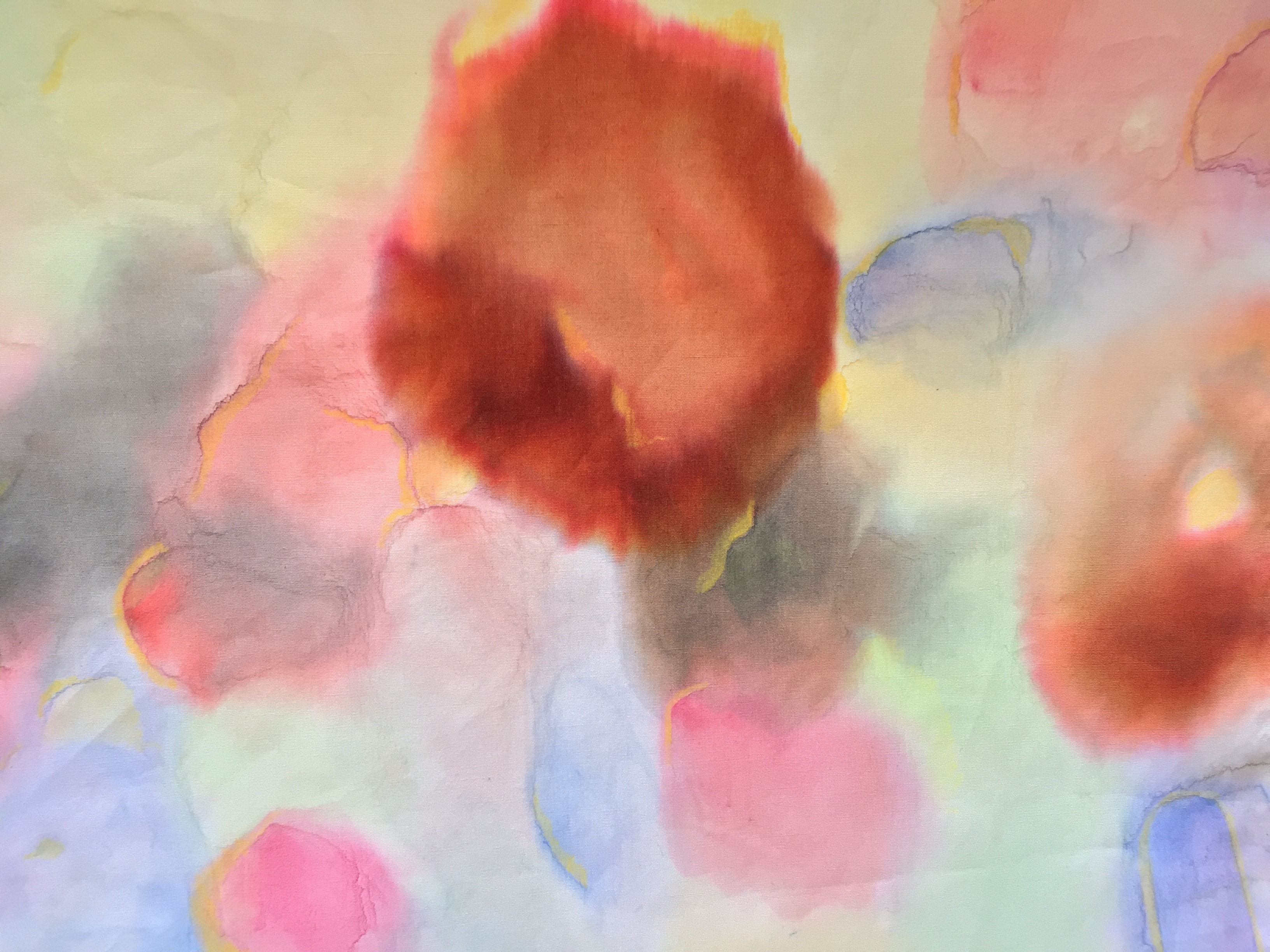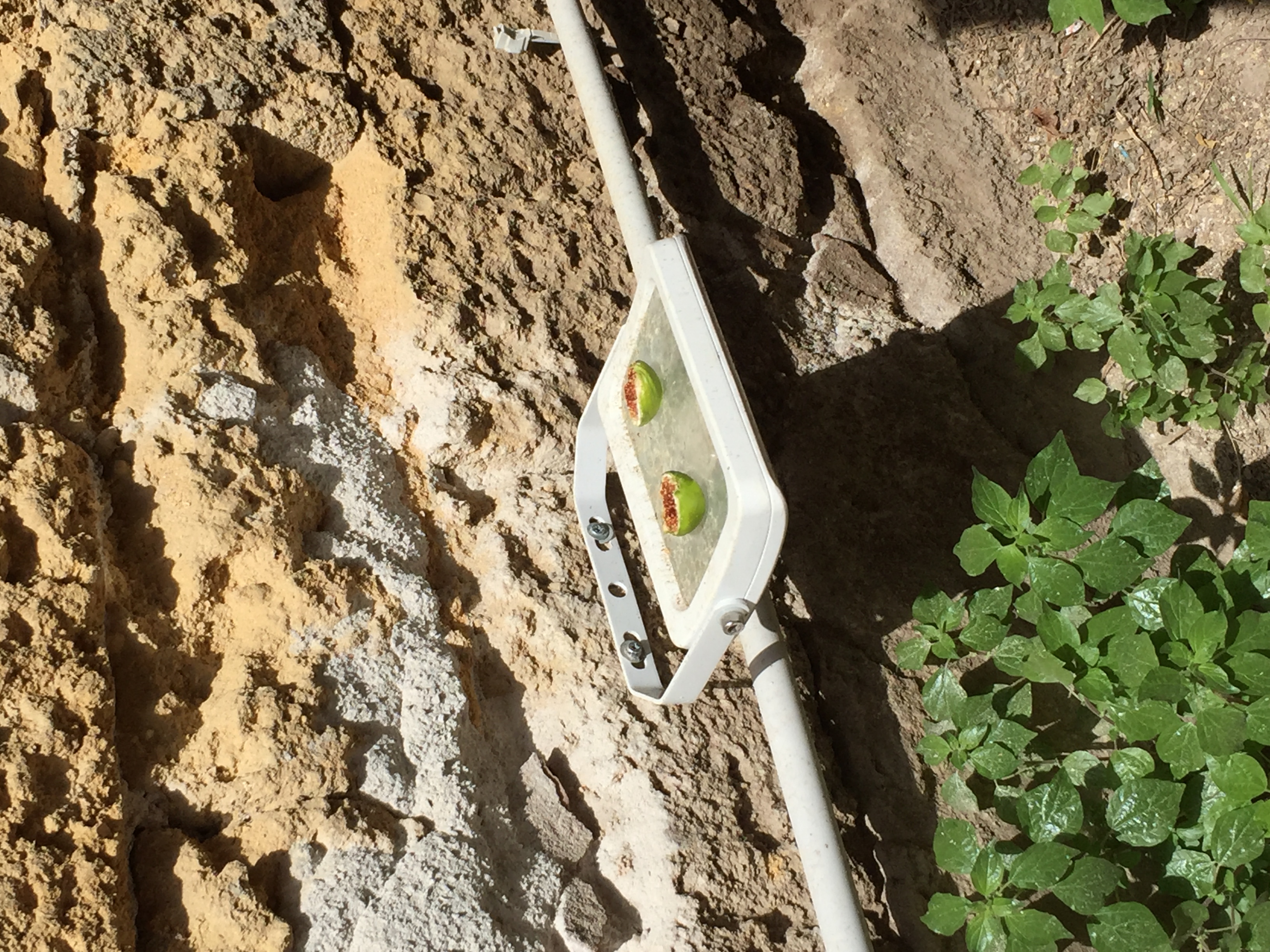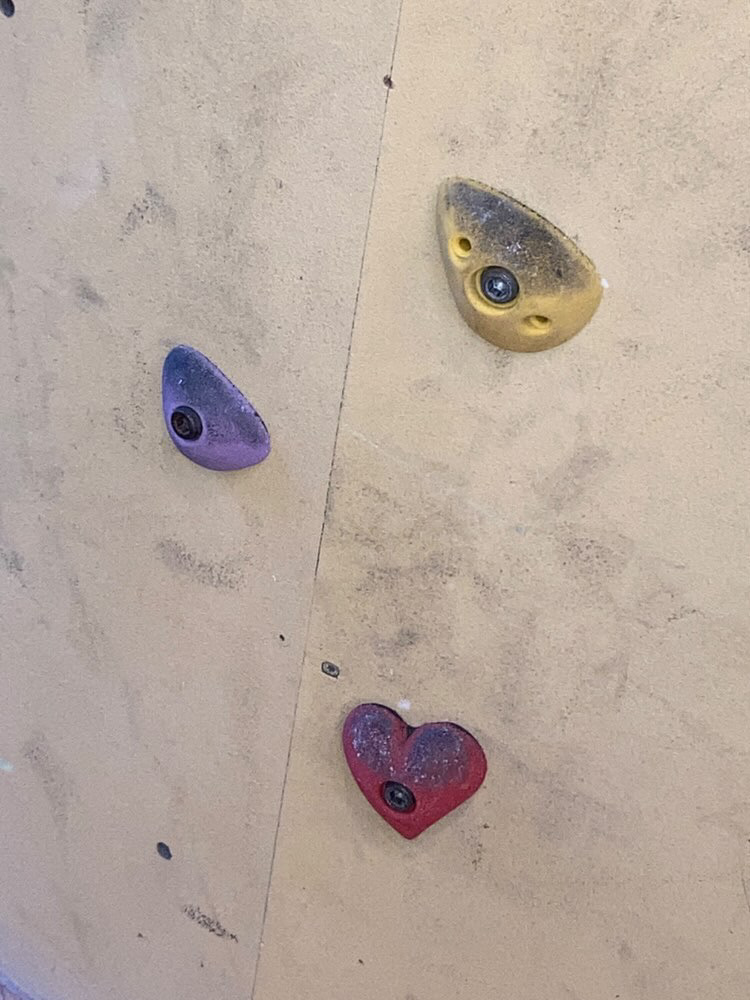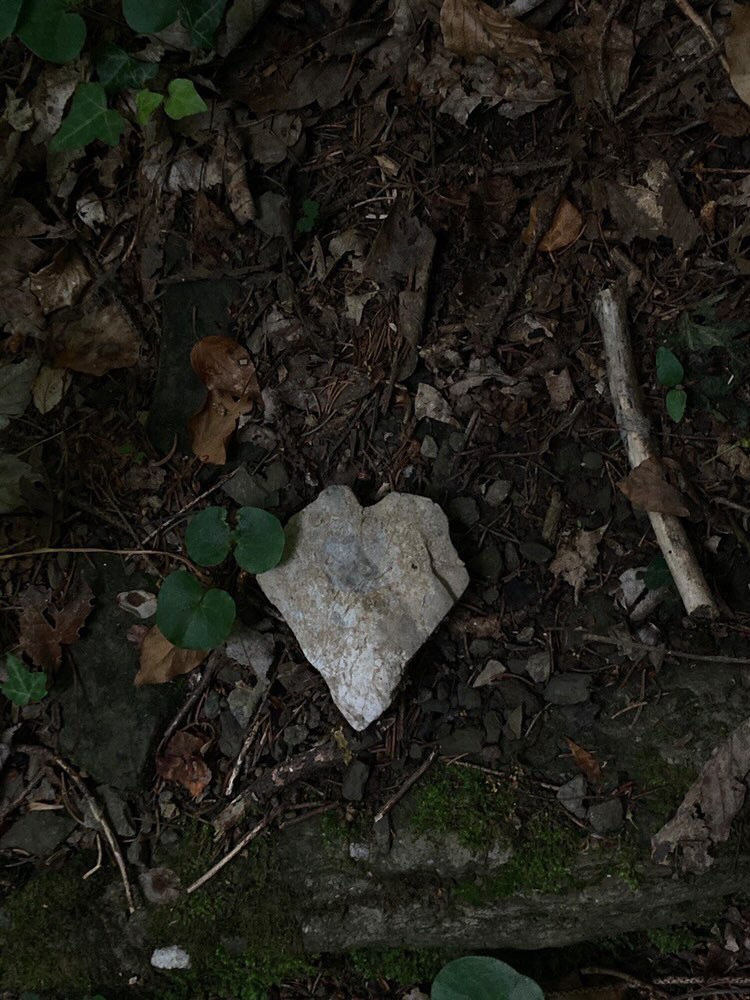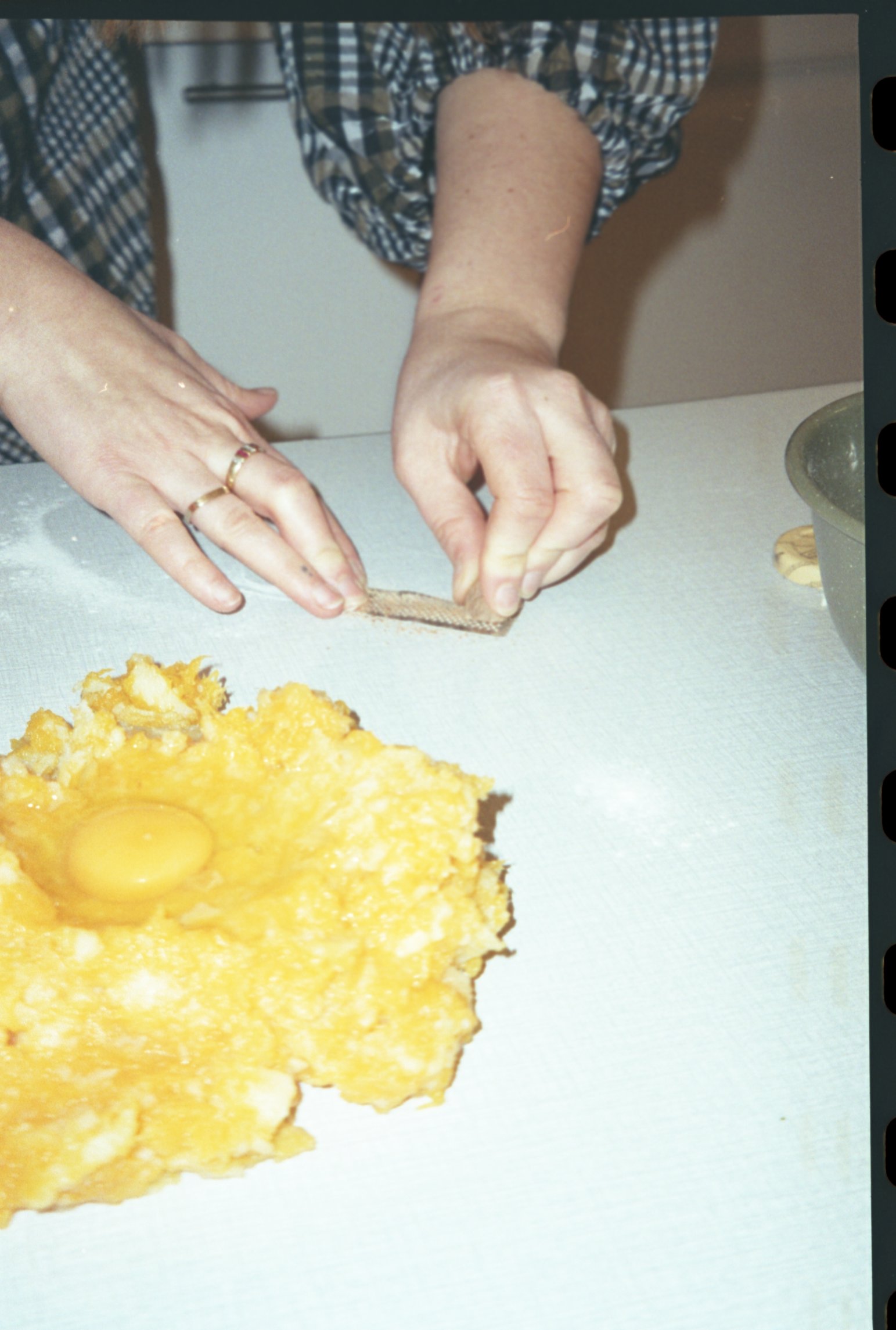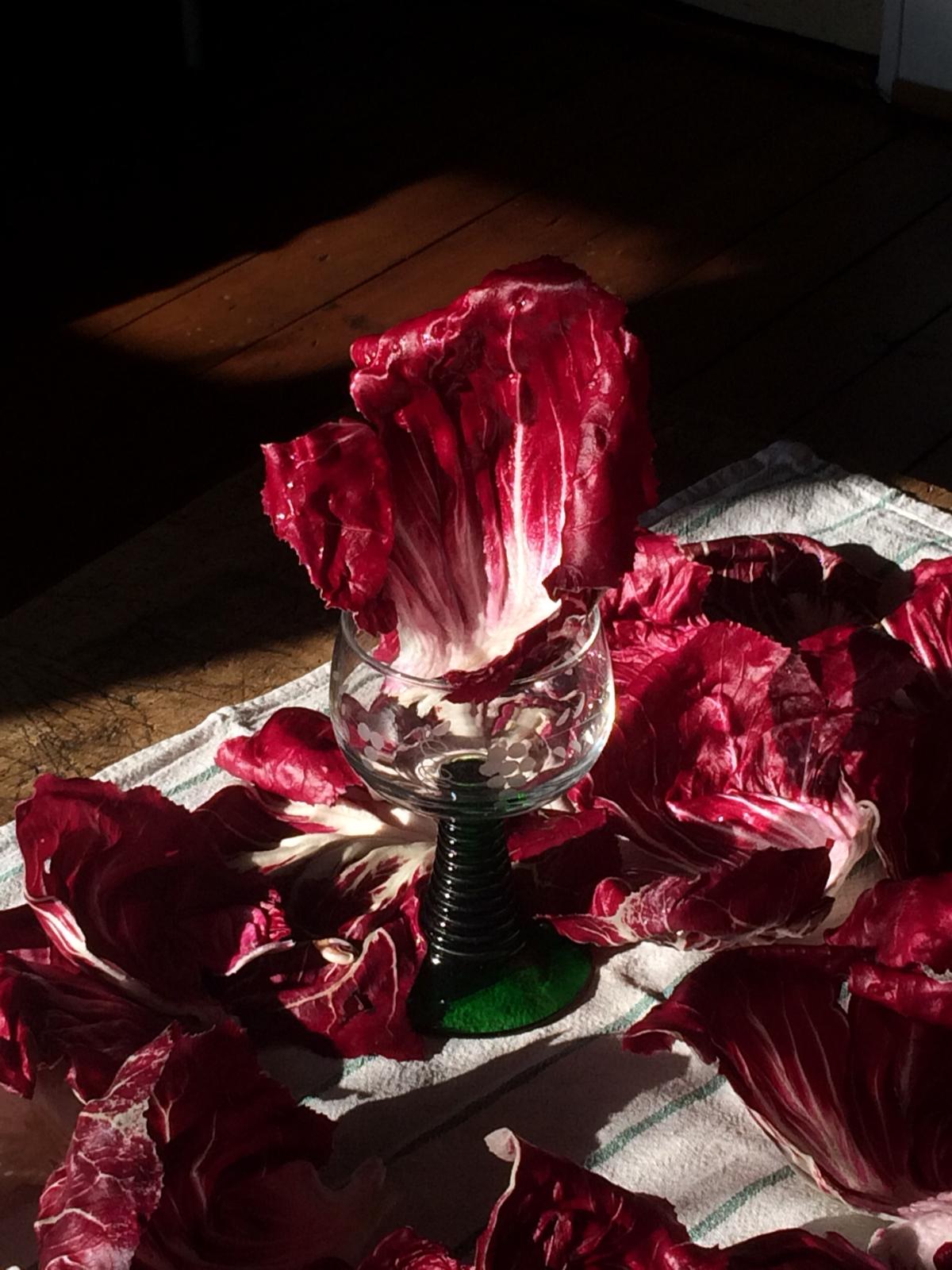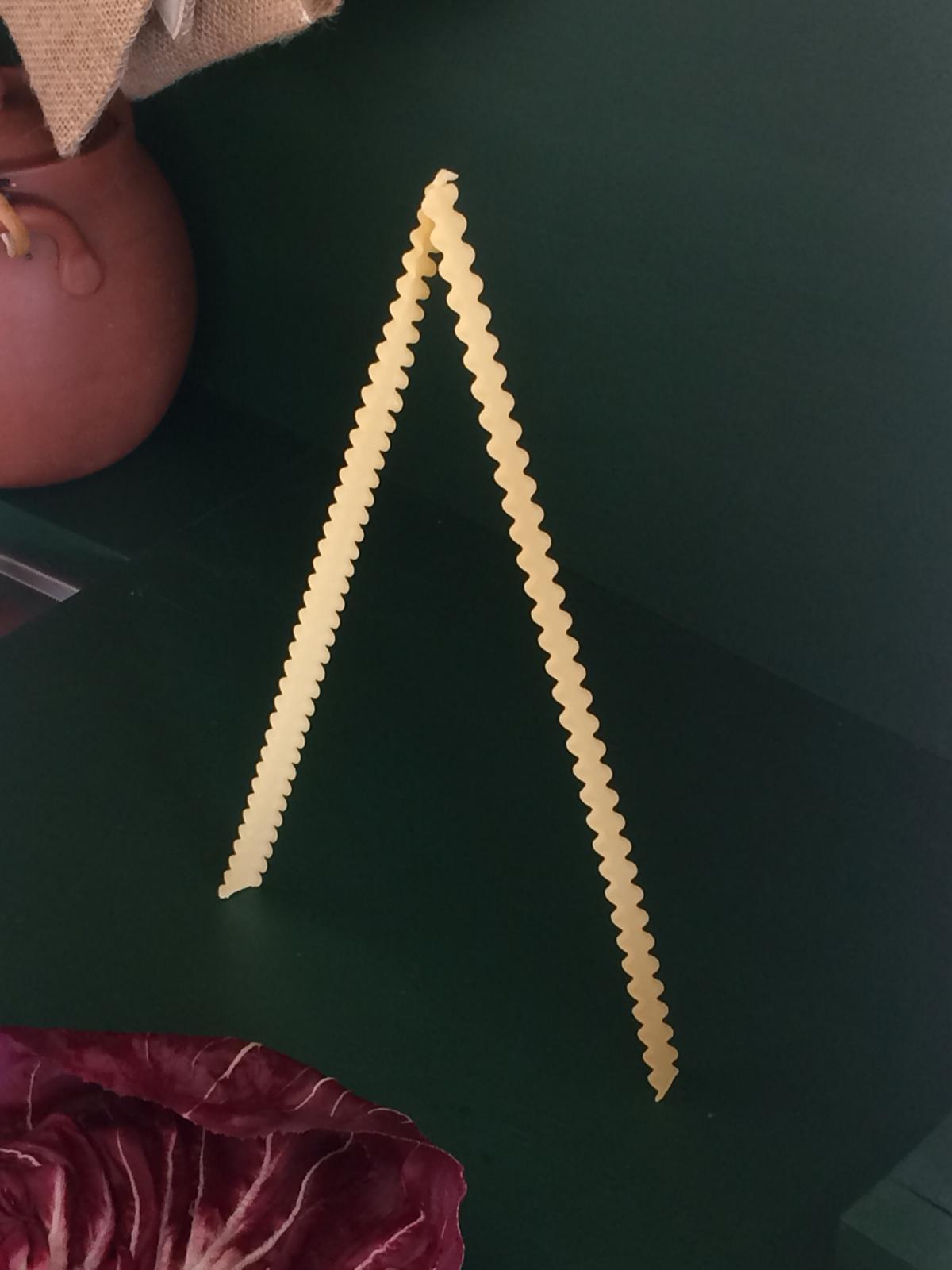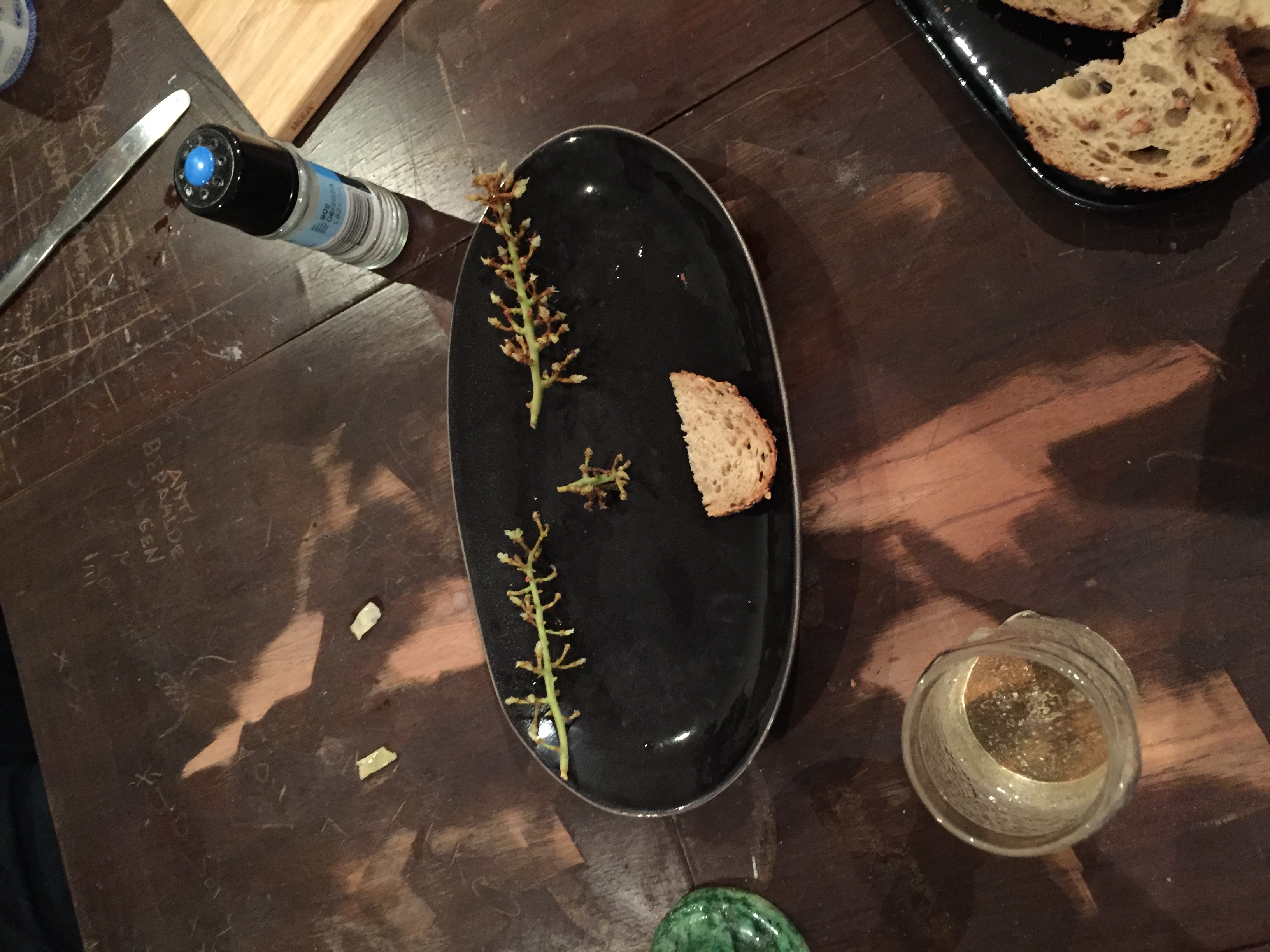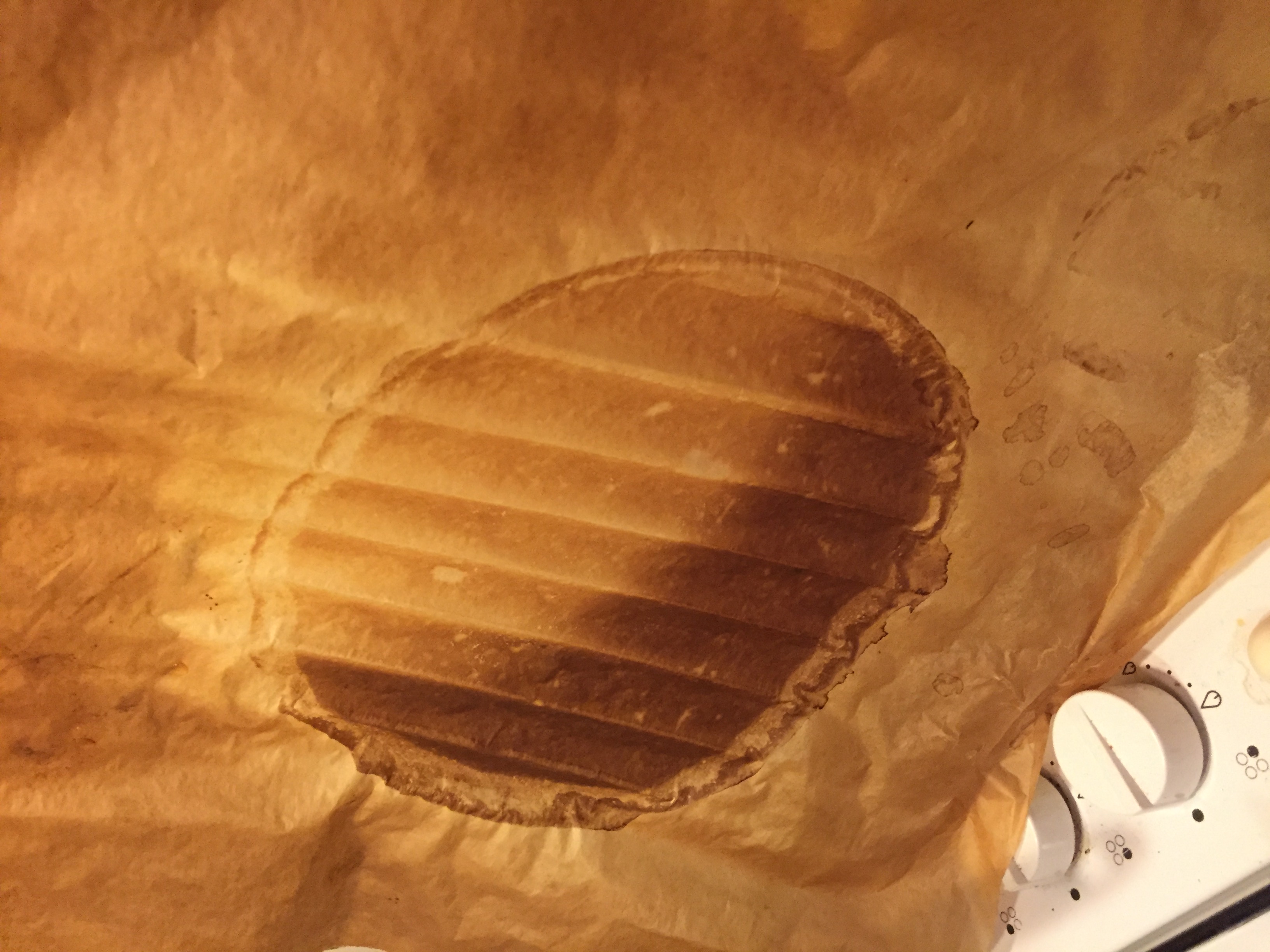1. To Maintain Maintenance, 2023, ‘The Great Interior’, Helicopterstraat 28, Amsterdam, NL
Installation — Natural Laundry Detergent and recipe writing workshop
Starting from the notions of commoning and reproductive labour embedded in the architectural framework of public washhouses in the villages of Nothern Italy, I rendered visible the possibility to collectively produce a natural laundry detergent and share its recipe with others. The recipe is an extension of the publication The Perfect House Has Become a Ruin, an invitation to question the hierarchy between the act of making and cleaning. What the washhouse was to the Italian village, the workstation was to ‘The Great Interior’—enhancing the vernacular character of the exhibition. The collective production of the laundry detergent may be understood as a utilitarian yet symbolic re-enactment of such activities that once were essential to daily life.
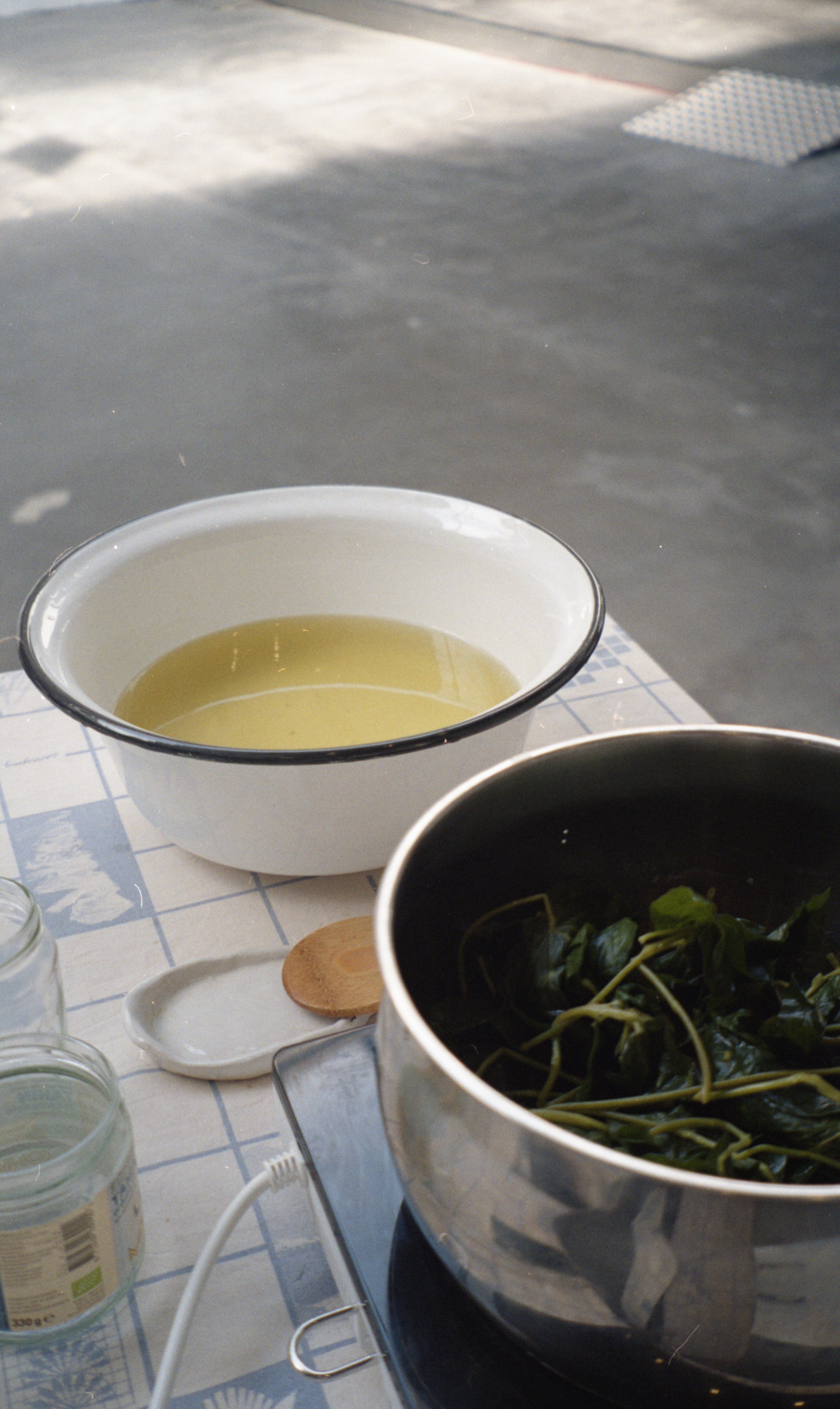
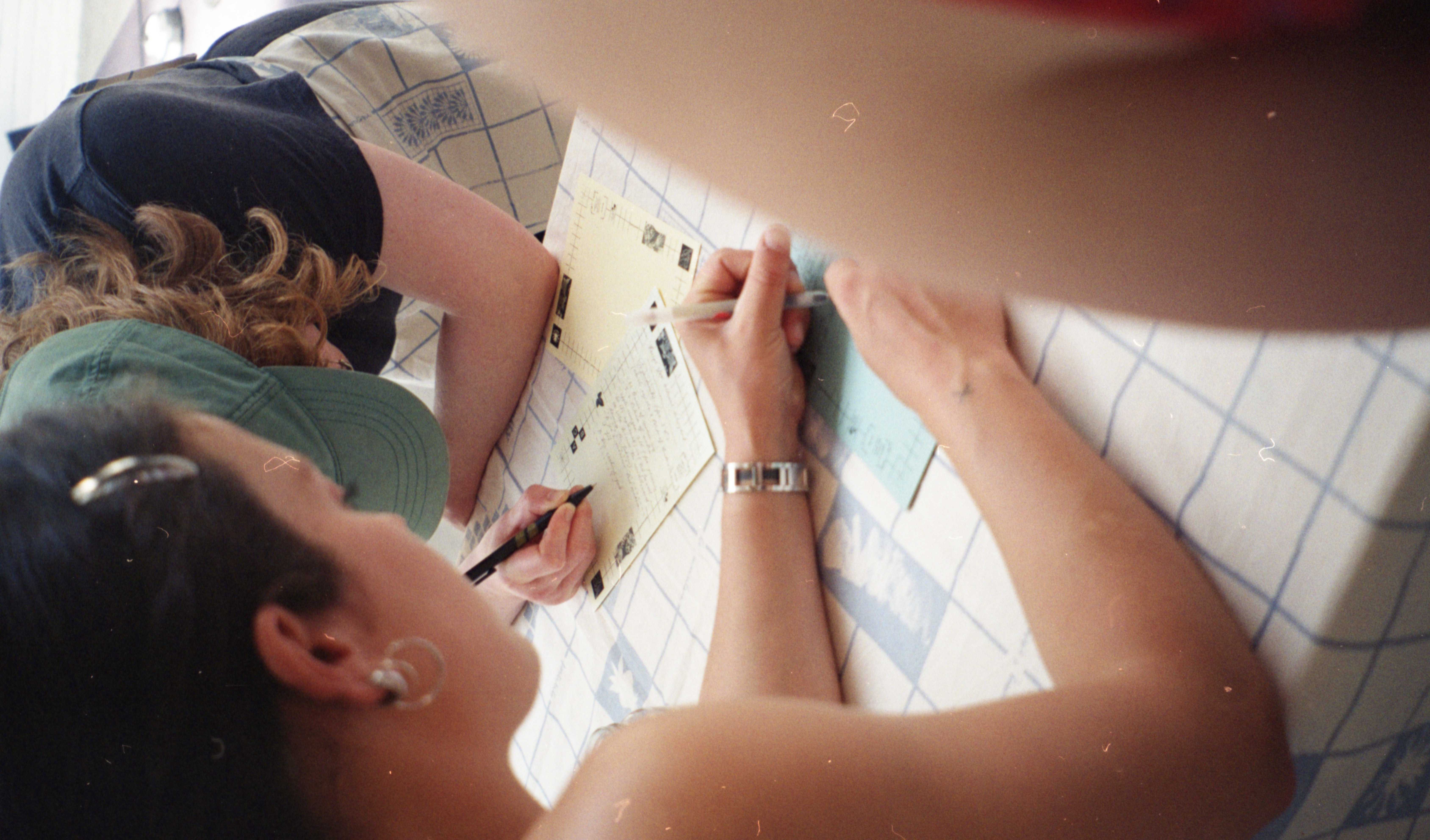
2. Not Mine Not Yours But Ours, 2022, ‘SIS Invites You To Wash Your Dirty Laundry’, The Clean Brothers Wasserette, Amsterdam, NL
Installation — Butter Making workshop
Whether theoretically or historically, with my body or through the mind, I not only learnt about butter but I acquired confidence enough to recognise the multitude shades this material is entailed and I did so mostly by pure imitation.
Feeling, acting, greasing, softening, melting, cleaning, solidifying, moulding, over and over again with always butter between my hands, on my body.
On which terms can butter fill the space(s) inside a laundry mat? The question arisen when planning the show ‘SIS Invites You To Wash Your Dirty Laundry’. The Clean Brothers Wasserette happens to be located few meters away from the market I always visit on weekly basis to gather the cream to make my own butter. Therefore, initiating a butter making workshop right on the streets of its neighbourhood, allowed me and the participant to share and own the skills required to prepare this ingredient, understand the conviviality behind such labour and inhabit the urban landscape.


*Observed and photographed by Juri Velt
3. Cucina, è bello! (Cook, it’s beautiful!), 2020, ‘Gerrit Rietveld Graduation Show’, Amsterdam, NL
Installation — Happening
The ingredients orbit around the U-shaped platform. Some of them are the fruit of collaborations which took place in different cities, made by different hands in very different settings and moods. Others were made in the confinement of my domestic realm. The background of this recipe finds its start in my grandmother’s gnocchi. Her name is Laura and at 86 years old she is the cornerstone of the restaurant of my uncles in Manzano, Italy. The restaurant is located in her very own mansion, a rustic one characterized by a U-shaped structure. She lives one staircase away from the dining room and cooks for the customers in her very own kitchen. Her kitchen is located at the up-right start of the letter U. Like every movement, there is a start and an end. Since It relates to a specific period of time, the way the ingredients find their road into the platform is through an act in which the involvement of the viewer becomes the main component of this banquet. I am no longer alone with the ingredients.
The ingredients orbit around the U-shaped platform. Some of them are the fruit of collaborations which took place in different cities, made by different hands in very different settings and moods. Others were made in the confinement of my domestic realm. The background of this recipe finds its start in my grandmother’s gnocchi. Her name is Laura and at 86 years old she is the cornerstone of the restaurant of my uncles in Manzano, Italy. The restaurant is located in her very own mansion, a rustic one characterized by a U-shaped structure. She lives one staircase away from the dining room and cooks for the customers in her very own kitchen. Her kitchen is located at the up-right start of the letter U. Like every movement, there is a start and an end. Since It relates to a specific period of time, the way the ingredients find their road into the platform is through an act in which the involvement of the viewer becomes the main component of this banquet. I am no longer alone with the ingredients.

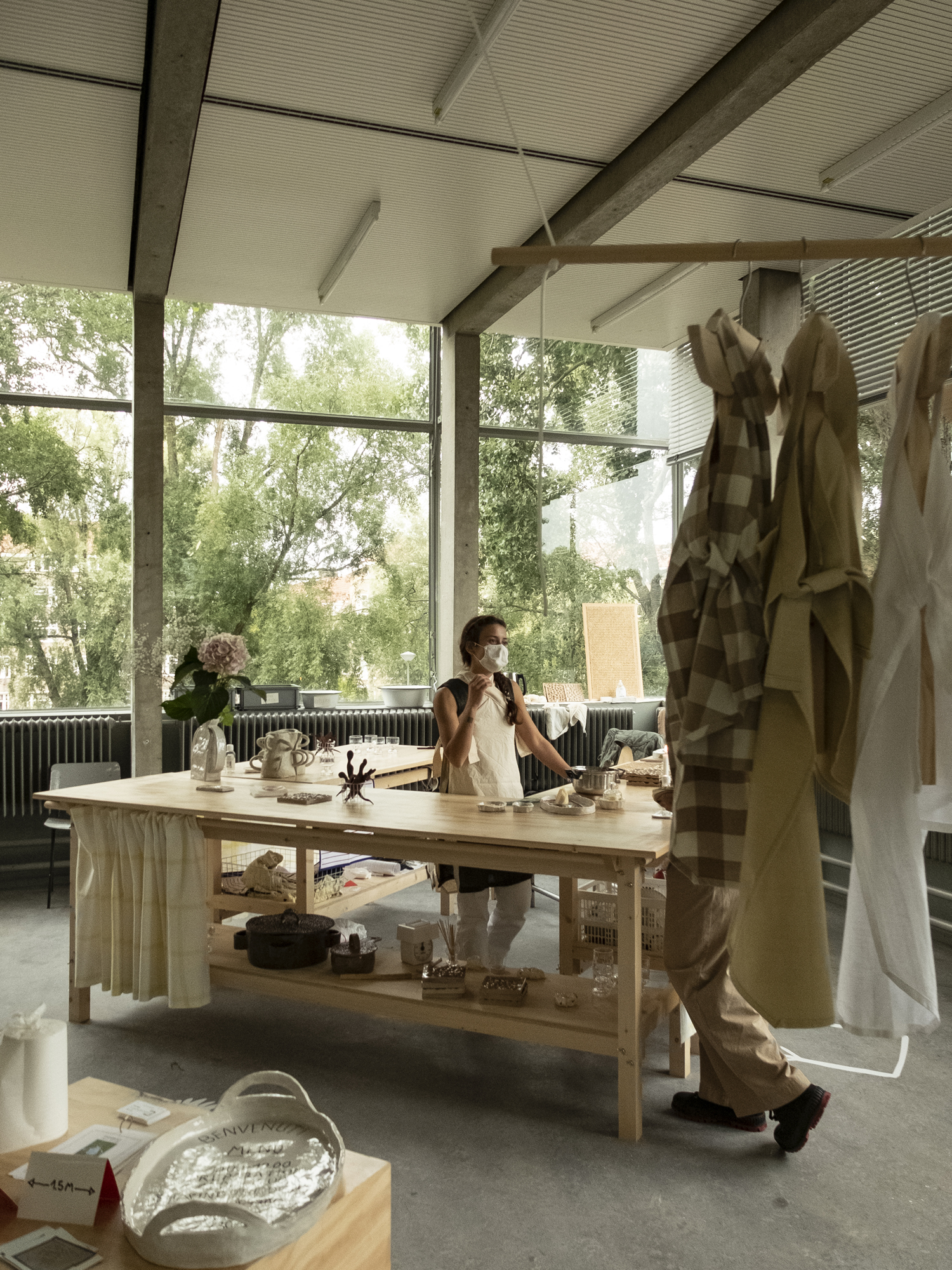
*Observed and photographed by Francesca Lucchitta
4. Inhabitant, 2019, ‘Absurd Beings on Skin’, Kunstkapel, Amsterdam, NL
Installation — Felted coat, wood and metal chair
Inhabitant focuses primarily on the space that comes about in between your skin, your body
and a garment. The coat is a two-dimensional crosscut, made from a rectangular piece of
felted fabric. The crosscut makes the piece wearable and so: three-dimensional. The skin
like texture of the felted merino wool and its particular natural colour, go back to the initial
intention: to represent an architectural space defined by your skin. The cavities (the tunnels,
openings, folds, etc..) seek to reflect not on a still body covered with a certain material, but
rather upon the coat itself. The coat as something that moves like a mobile organism. the
coat as an organism, moving and resting, nestling and crawling. A coat is: a being, an uninhabited shelter, an entity resting on a chair. Left alone and still, with
all its human connotations.


